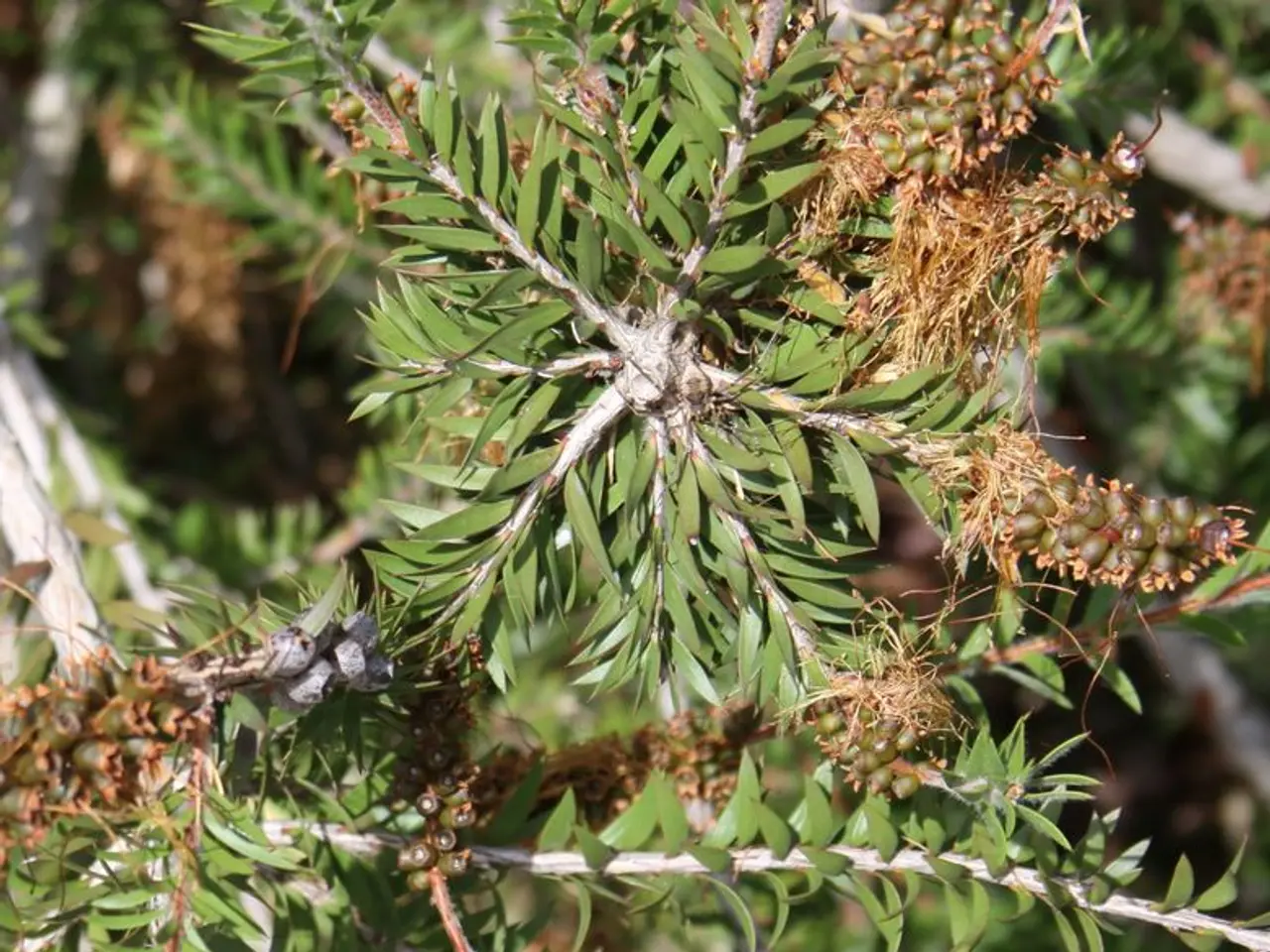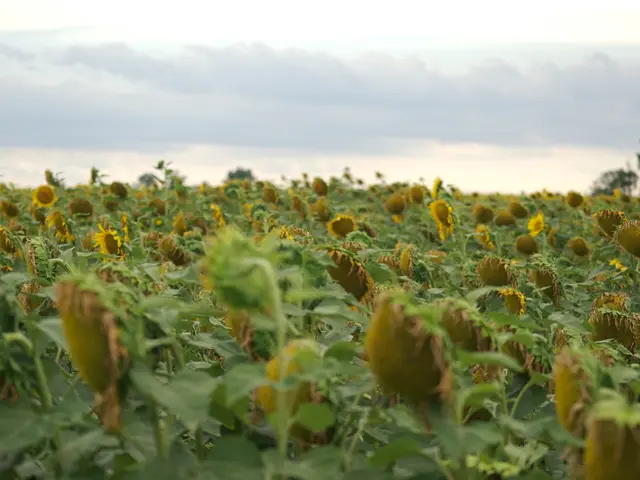Growing Fruit Indoors: Expand Your Orchard Inside Your Home
Indoor Fruit Trees: A Guide to Growing Your Own Mini Orchard
Indoor fruit trees can be a delightful addition to any home, transforming your living space into a mini orchard. With the right care and conditions, you can grow a variety of fruit trees indoors, from dwarf citrus trees to compact blueberry bushes.
Choosing the Right Fruit Trees
The best fruit tree varieties for indoor cultivation include dwarf citrus trees, such as Meyer lemons, kumquats, and Calamondins, fruit cocktail trees, and compact blueberry bushes. These trees are well-suited because they remain manageable in size and can produce fruit within confined indoor spaces.
Dwarf citrus trees thrive indoors with proper care and offer fragrant blossoms and edible fruit. Fruit cocktail trees are grafted to produce multiple fruits on one compact tree, typically maturing to 10–15 feet, with adaptable soil needs. Compact blueberries can be container-grown indoors with acidic, well-draining soil and consistent moisture.
Caring for Indoor Fruit Trees
To ensure the success of your indoor fruit trees, it's essential to provide them with the right care.
Light: Indoor fruit trees require intense, bright, preferably direct sunlight for at least 6–8 hours daily, essential for fruiting trees like citrus. Position them near south-facing windows or use supplemental grow lights if needed.
Temperature: Maintain warm, stable temperatures around 65–75°F (18–24°C). Avoid drafts and rapid temperature fluctuations, which can cause stress and fruit drop.
Humidity: Moderate to high humidity (around 50–60%) helps prevent leaf yellowing and encourages better growth. Indoor heating can dry air, so misting or a humidity tray may be necessary.
Watering: Water regularly but avoid overwatering; soil should be moist but well-drained to prevent root rot. Indoor trees often require watering once the top inch of soil dries out.
Soil & Fertilization: Use well-draining potting mixes suitable for fruit trees; citrus prefer slightly acidic soils. Fertilize with balanced, citrus-specific fertilizers regularly during the growing season for sustained fruit production.
Air Circulation: Good airflow helps prevent pest infestations and fungal diseases; a gentle fan can be useful indoors.
Pruning: Prune to maintain size, remove dead wood, and encourage bushier growth to maximize fruit yield indoors.
Special Mentions
A breadfruit tree can yield 200 or more fruits per season, each one the size of a grapefruit. However, it requires very warm and humid conditions to produce fruit indoors. Bonsai trees can also bear regular size fruit, with many types available, including crabapple, cherry, and some types of orange.
Papaya can thrive in a pot as an indoor fruit tree with the right conditions. Dwarf lemon trees are a good option for those living in cold winter climates, as they can tolerate cooler temperatures compared to other citrus trees.
In summary, with the right care and conditions, it's possible to grow certain fruit trees indoors, from dwarf citrus trees to exotic fruits like papaya. By following the guidelines for light, temperature, humidity, watering, soil, fertilization, air circulation, and pruning, you can enjoy a bountiful indoor orchard.
Adding a touch of greenery and fresh produce to your home is effortless with home-and-garden favorites like gardening fruit trees. After selecting the right fruit trees, such as dwarf citrus trees, fruit cocktail trees, and compact blueberry bushes, you can create a captivating home-and-garden lifestyle by nurturing them indoors.






